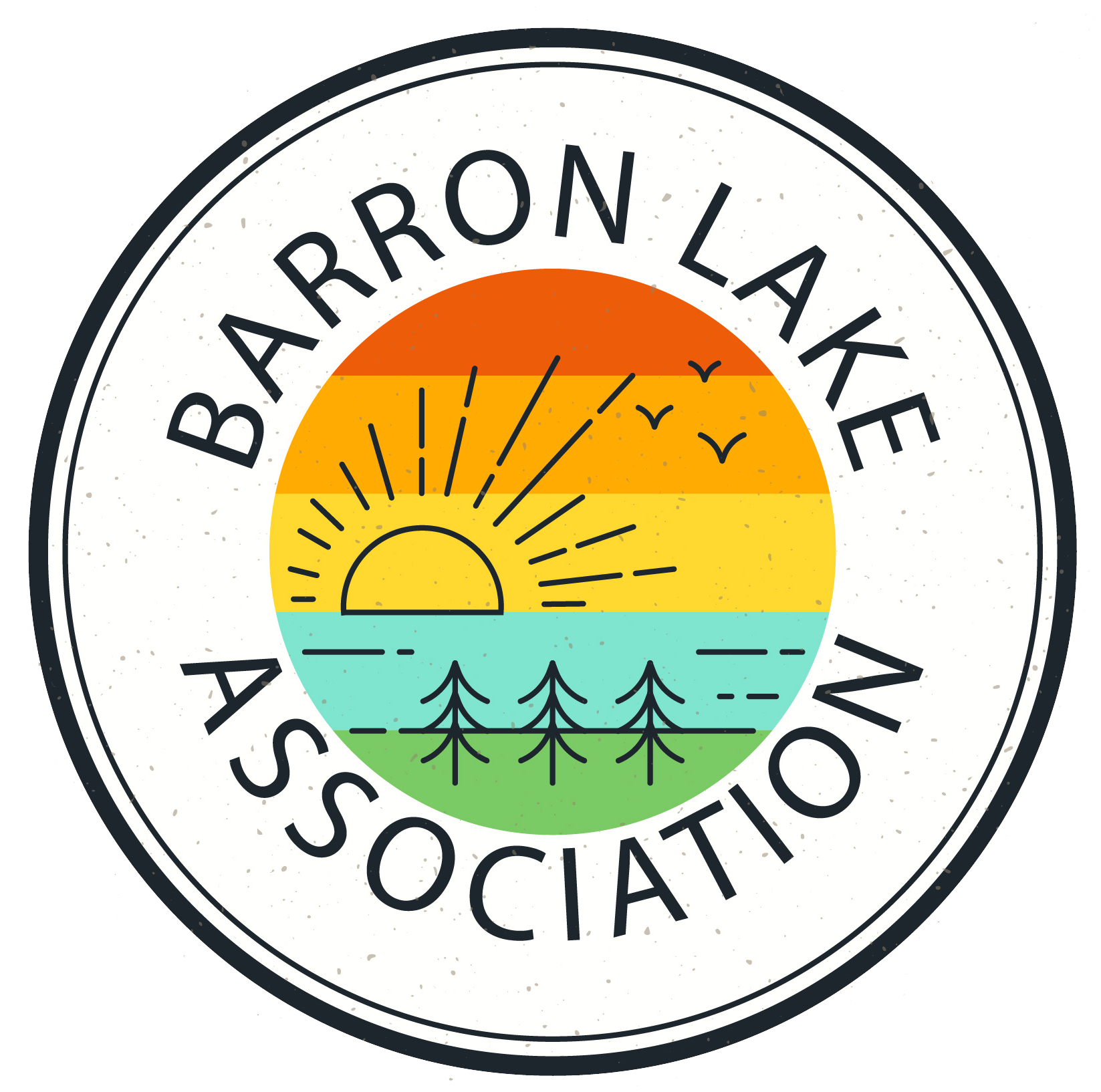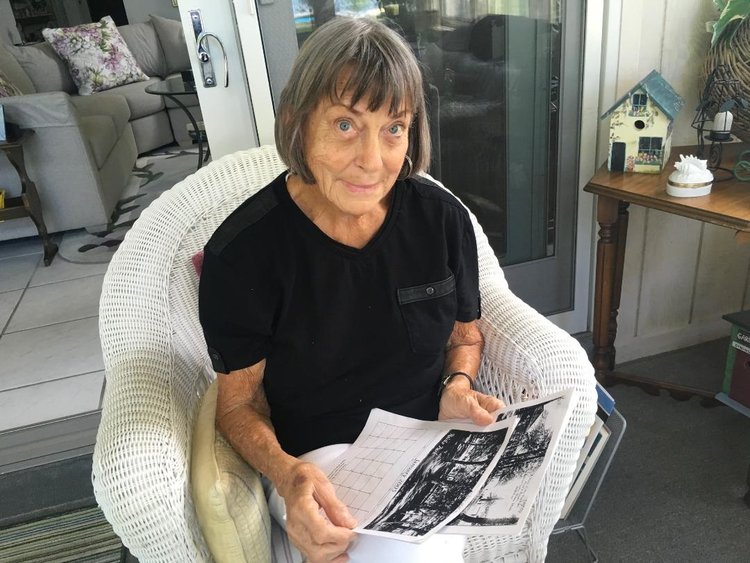Weeping Willows, grocery stores, new cottages and…. the candy lady
Part 3 of three short stories as told by Lee Lawson Aug. 4, 2017. Written by Jodi Marneris.
At one time, says longtime resident Lee Lawson, the lake was surrounded by weeping willow trees.
“There’s one I can still see on the lake but the first thing people did was cut them down. There were such a mess. And the cottonwood trees. They cut those down, too. Also such messy trees.”
That was at a time you could walk all around the lake—and not get your feet wet. “When I was a child we would walk all the way around the lake—on the lake shore. There were no fences,” Lawson said. “In the 1940s we would play a game called, ‘Let’s move boats.’ We would move the small boats sideways and back and forth to catch tiny bullheads—baby catfish. And it was great fun. At that time there weren’t as many houses, some but not a lot,” she said.
NEARBY BUSINESSES
She reminisced about some of the changes on the lake—like the former businesses. “There were several grocery stores in the 1940s when I was little. One was where the Stop In restaurant was and one was across the street owned by the Eckler family, but that one didn’t stay real long. There also was one down on Barron Lake Road called Barron Lake Grocery. That one was owned by one of the people in the Reid family,” she said. <The Barron Lake Grocery store, which closed in the late 1990s, sold everything from milk and bread to batteries and bait.>
Off of Lake Shore Drive near Barron Lake Road was the Avalon Dance Hall, a large white building across from the K & G Marina. When the Avalon closed, it became part grocery store, part bar. She noted that Gary Bates’ father also had a marina in the building and the Gordon family had a sales office for Polaris and Artic Cat snowmobiles. “And there was a beauty shop in there, too,” Lawson said. In the 1990s, the building also housed a raceway, of sorts, where people ran remote cars around a track.
The building was torn down in the early 2000s and the three lots remained vacant for a number of years. Now there are two homes and only one vacant lot.
“Most of these things closed right around the time of the war (World War II)—during the war and after the war,” Lawson said. “They were all running in the 1930s and 40s, when people could walk from their homes to the stores.”
“When my children were young in the 1950s and 60s, there was a lady who lived on the lake and sold candy and ice cream out of her garage right here on Lake Shore Drive. I don’t remember her name because the kids all just called her the ‘ice cream lady’ or the ‘candy lady.’ It was always such a treat for the kids,” she said.
HOUSING DEVELOPMENT
“Back then there were small cottages with screened-in porches. Everyone sat outside and visited with each other. You knew your neighbors and there were no fences,” she said. “Then some fences started popping up that went all the way to the water. There’s an ordinance—I worked on that committee—that doesn’t allow fences to go all the way to the water anymore,” she said.
The early housing development on the lake began with people from out of state, Lawson noted. “This lake was actually started by Chicago people who came on the railroad track. It was a spur (single railroad track line) that came here from Niles to go the ice house,” she said.
“In the early part of the summer they would come out and they built these small cottages. They’d stay for a week or several weeks—the mother and the children—while the father would go back to Chicago to work. That was in the 1920s and 30s. And that’s how this lake really got built. Before that it was just all farm country here. A lot of Chicago people bought on this lake and now they’re retiring and staying here and that is wonderful,” she said.
WATER LEVEL
When asked about the lake level, Lawson noted she has seen the lake go through many cycles. “I’ve seen the lake go up and come down, but I’ve never seen it as low as it was a few years ago,” she said. “There was a lot of talk about the lake level going down after the sewers were put in, but the sewers were needed.”
Lawson’s mother, Marie Baranyai, was one of the people who walked the lake to talk to people about the importance of putting in sewers. “Sewers were a good selling point and I think city water would be, too,” she said. <Sewers were installed on the lake in the 1990s.>
Bonners Woods
On a final note, Lawson talked about Bonners Woods—located on the northwest corner of the lake. She said the land was for sale for $10,000. “My dad couldn’t afford that at the time and instead came over to the other side where he bought a house for $4,500. The one he bought in 1951 was $5,500,” she said.



